- Addition : 16 September 2024, Monday
- Views : 5K

Lesson 1: Simple Present Tense
The Present Simple is often used to describe actions that are continuous, habitual or express universal truths. You can access our full course on the Udemy platform.
Check the Details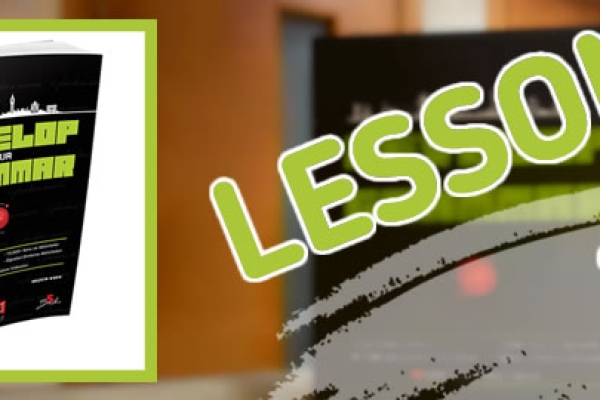
Lesson 2: Present Continuous Tense
The Present Continuous Tense is used to express current or temporary situations. It is also used to describe planned events in the future. You can access the full course on the Udemy platform.
Check the Details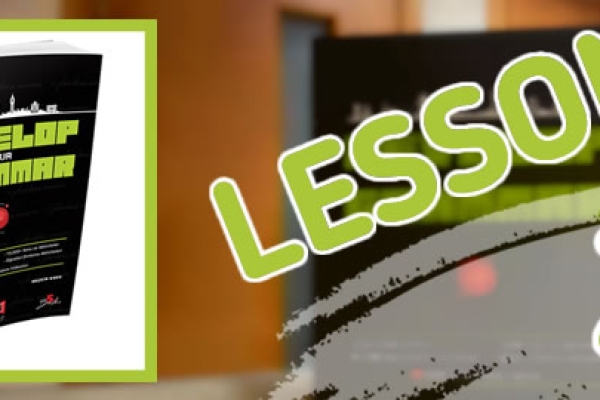
- Addition : 16 September 2024, Monday
- Views : 3K
Lesson 3: Frequency Adverbs
Adverbs of frequency are used to indicate how often an action is done. Usually, these adverbs appear before the verb in the sentence. You can access the full course on the Udemy platform.
Check the Details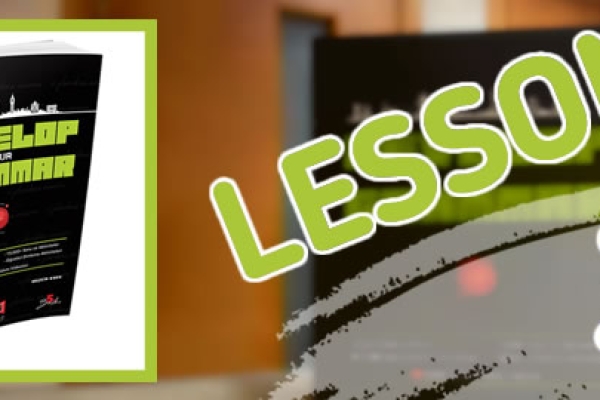
- Addition : 16 September 2024, Monday
- Views : 3K
Lesson 4: Stative and Non-Stative Verbs
State verbs describe a state or condition rather than an action. They usually relate to thoughts, feelings, emotions, relationships, sensations, states of being and measurements. Non-stative verbs describe actions, activities, or processes that have a definite beginning and end. You can find the full course on the Udemy platform.
Check the Details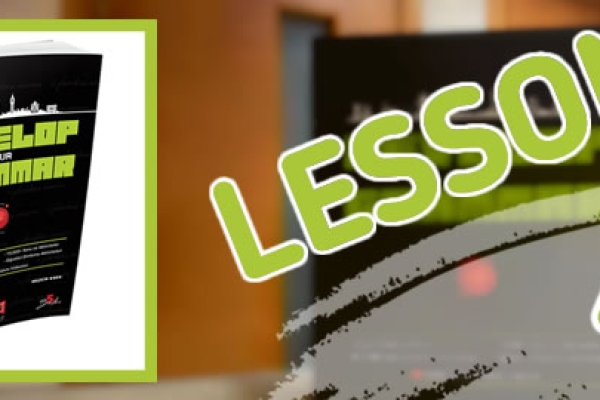
- Addition : 17 September 2024, Tuesday
- Views : 4K
Lesson 5: Simple Past Tense
Simple Past Tense is used to express actions or situations that took place at a specific time in the past. It is a tense form used in English for actions that have begun and completed in the past. You can access our full course on the Udemy platform.
Check the Details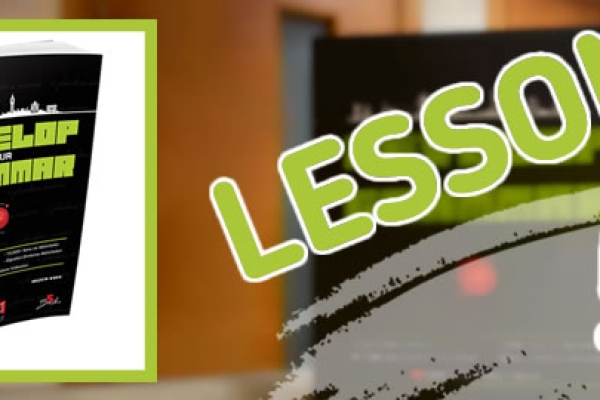
- Addition : 17 September 2024, Tuesday
- Views : 3K
Lesson 6: Past Continuous Tense
Past Continuous Tense is used to describe actions that are ongoing at a specific moment in the past. This tense emphasizes an action that lasted before another event occurred. You can access our full course on the Udemy platform.
Check the Details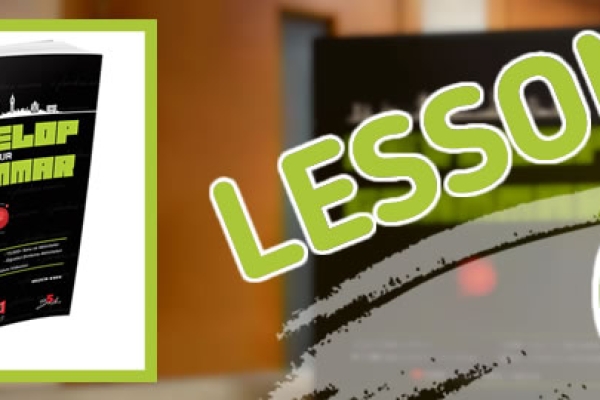
- Addition : 17 September 2024, Tuesday
- Views : 3K
Lesson 7: Present Perfect Tense
Present Perfect Tense, geçmişte tamamlanmış olan fakat şu anla bir ilgisi veya etkisi bulunan eylemleri tanımlamak için kullanılır. Geçmişle şimdiki zamanı birbirine bağlar. Kursumuzun tamamına Udemy platformundan ulaşabilirsiniz.
Check the Details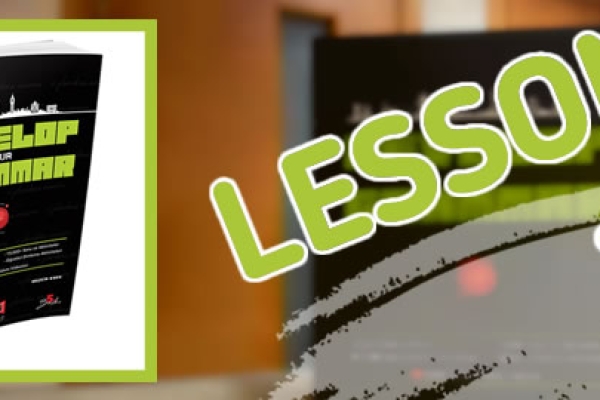
- Addition : 18 September 2024, Wednesday
- Views : 3K
Lesson 8: Present Perfect Continuous Tense
The Present Perfect Continuous Tense is used to describe actions or situations that have started in the past and are still going on in the present or have just finished. This tense emphasizes the duration or ongoing nature of the action and establishes a link between the past and the present. You can find our full course on the Udemy platform.
Check the Details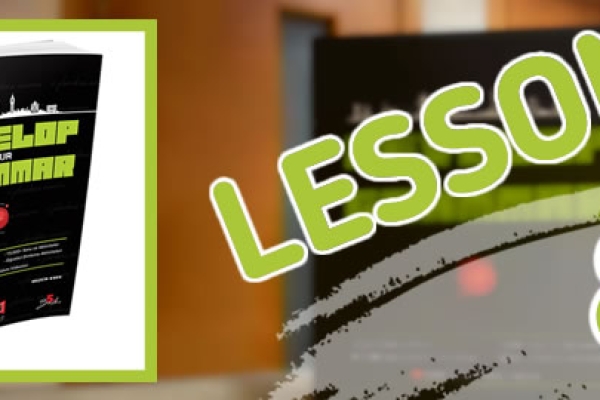
- Addition : 18 September 2024, Wednesday
- Views : 3K
Lesson 9: Past Perfect Tense
Past Perfect Tense is used to express that an action in the past took place and was completed before another action. It emphasizes the sequence of events in the past. You can access our full course on the Udemy platform.
Check the Details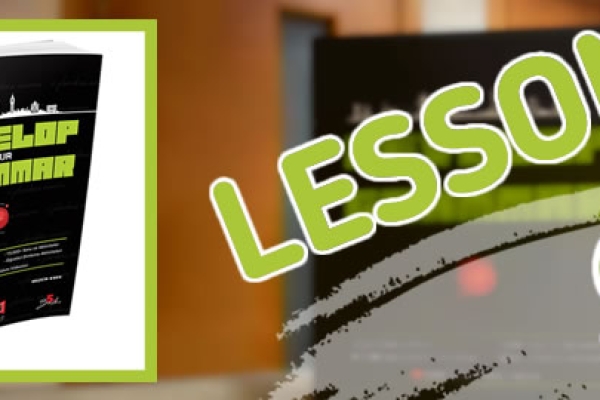
- Addition : 18 September 2024, Wednesday
- Views : 2K
Lesson 10: Past Perfect Continuous Tense
The Past Perfect Continuous Tense is used to express actions that have continued and been completed up to a certain time in the past. This tense is used to emphasize how long an action has been going on and indicates that it was completed before a certain point in time. You can access our full course on the Udemy platform.
Check the Details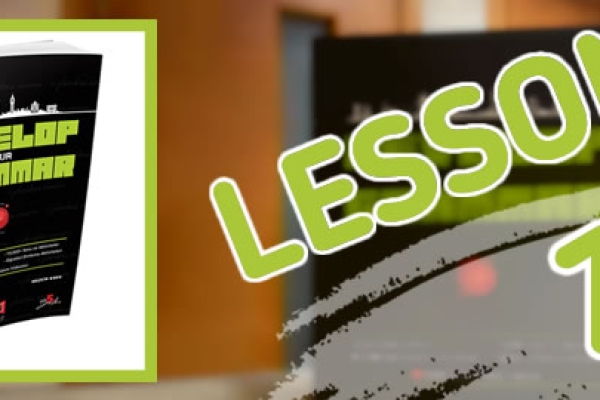
- Addition : 18 September 2024, Wednesday
- Views : 3K
Lesson 11: Future Time
The future tense is used to describe events, situations or actions that will take place in the future. In English, various structures and tenses are used to express the future. You can access our full course on the Udemy platform.
Check the Details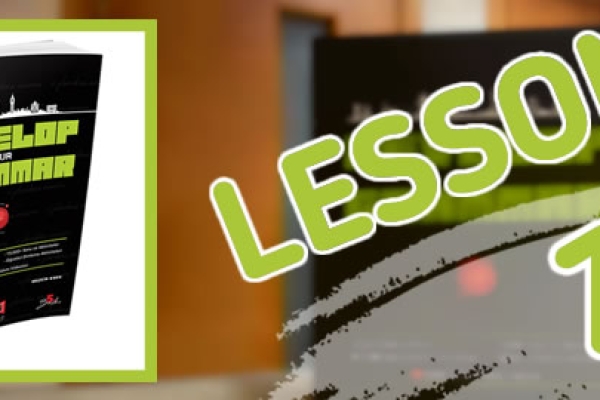
- Addition : 18 September 2024, Wednesday
- Views : 3K
Lesson 12: Expressing The Future In Time Clauses
Time clauses are parts of sentences that give information about when something happens. They usually start with time conjunctions like when, after, before, as soon as, until, and while. You can access our full course on the Udemy platform.
Check the Details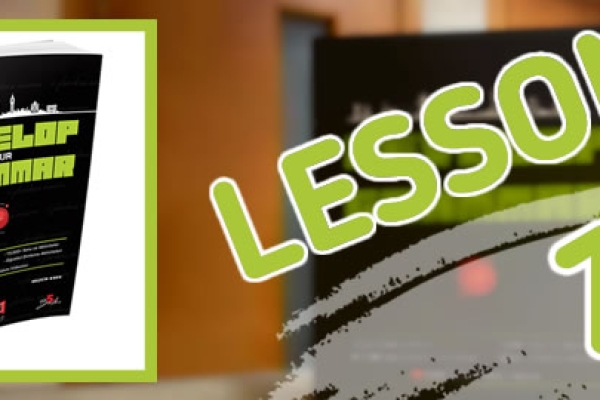
- Addition : 18 September 2024, Wednesday
- Views : 3K
Lesson 13: Future Continuous Tense
The Future Continuous Tense is used to describe actions that will be happening at a specific time in the future. You can access our full course on the Udemy platform.
Check the Details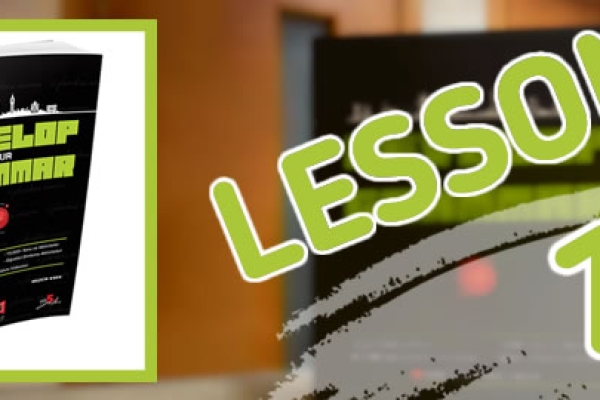
- Addition : 18 September 2024, Wednesday
- Views : 3K
Lesson 14: Future Perfect Simple - Future Perfect Continuous
The Future Perfect Simple tense is used to describe actions that will be completed before a specific point in the future. In addition, The Future Perfect Continuous tense is used to describe actions that will have been happening up until a specific point in the future. These actions may still be ongoing at that future time or may have just ended. You can access our full course on the Udemy platform.
Check the Details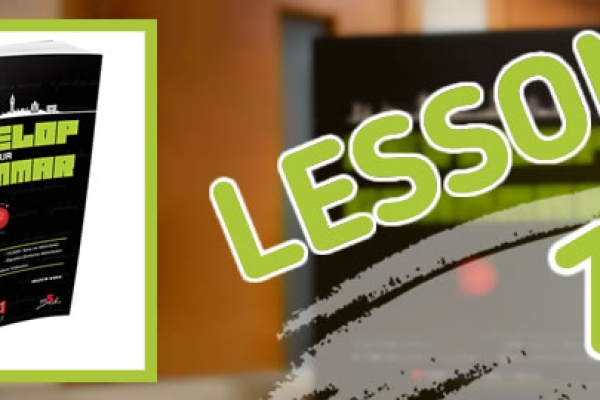
- Addition : 18 September 2024, Wednesday
- Views : 2K
Lesson 15: Yes/No Questions and Information Questions
Yes/No Questions and Information Questions are essential in English for gathering information and making conversations. Yes/No Questions seek simple affirmative or negative responses, while Information Questions require detailed answers, offering more context and specifics. You can access our full course on the Udemy platform.
Check the Details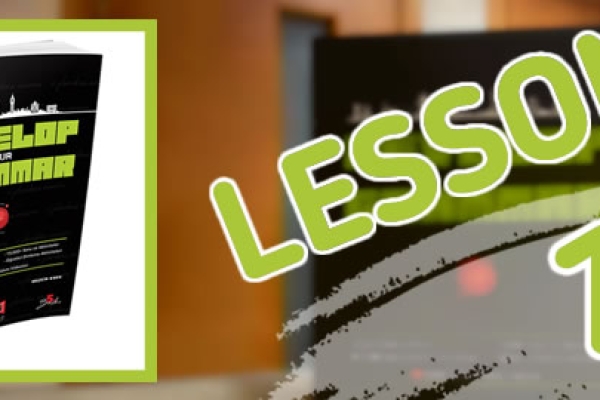
- Addition : 18 September 2024, Wednesday
- Views : 2K
Lesson 16: Using Which, What kind of and Whose
"Which," "What kind of," and "Whose" are question words used to obtain specific information. "Which" helps in choosing from defined options, "What kind of" identifies the type or category, and "Whose" reveals ownership or possession. You can access our full course on the Udemy platform.
Check the Details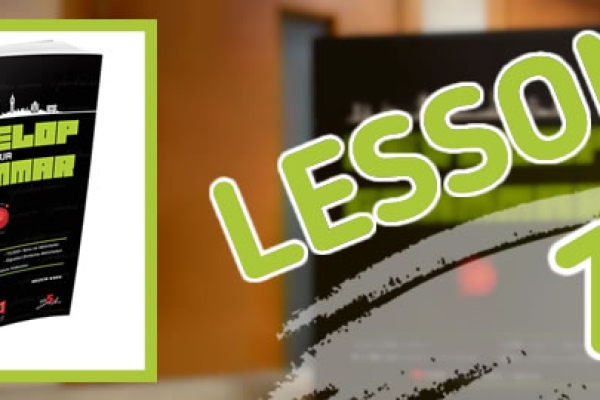
- Addition : 18 September 2024, Wednesday
- Views : 3K
Lesson 17: Using How, How often, How far and How long
"How," "How often," "How far," and "How long" are useful question words for gathering detailed information. "How" inquires about methods or conditions, "How often" asks about frequency, "How far" measures distance, and "How long" determines duration. You can access our full course on the Udemy platform.
Check the Details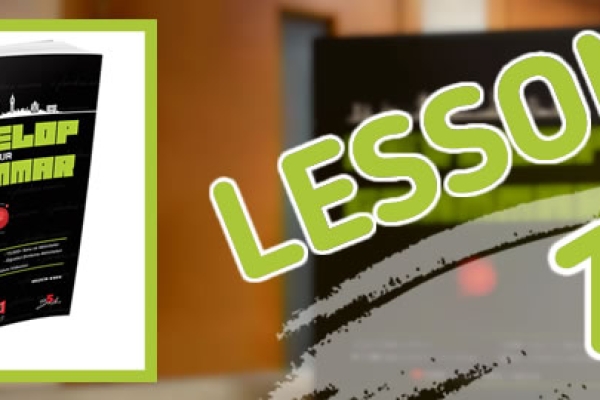
- Addition : 18 September 2024, Wednesday
- Views : 3K
Lesson 18: Using How About and What About
"How about" and "What about" are expressions used to make suggestions and seek additional information. "How about" is used for proposing ideas or asking for opinions on a suggestion, while "What about" is used to raise additional points or inquire about details that might not have been considered. You can access our full course on the Udemy platform.
Check the Details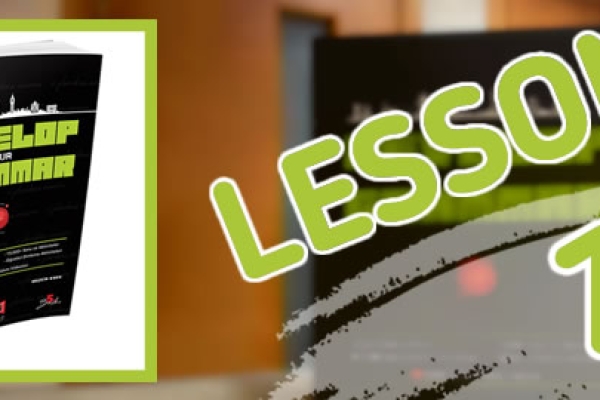
- Addition : 18 September 2024, Wednesday
- Views : 2K
Lesson 19: Tag Questions
Tag Questions are short questions added to the end of a statement to confirm or check information. They are used to seek agreement or to ensure that the listener shares the same view. You can access our full course on the Udemy platform.
Check the Details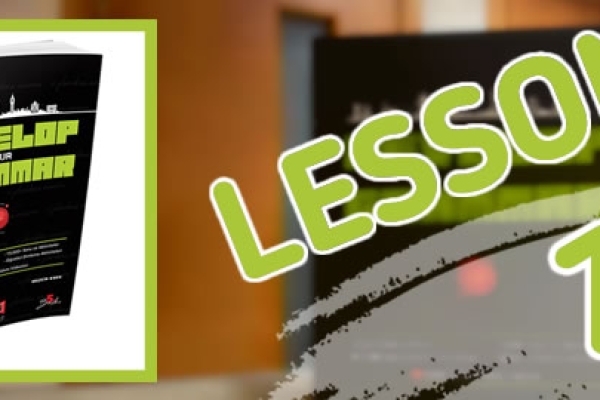
- Addition : 18 September 2024, Wednesday
- Views : 3K
Lesson 20: Personal Pronouns
Personal Pronouns are words used to refer to specific people or things and are essential for identifying the speaker, the listener, and others in a conversation. You can access our full course on the Udemy platform.
Check the Details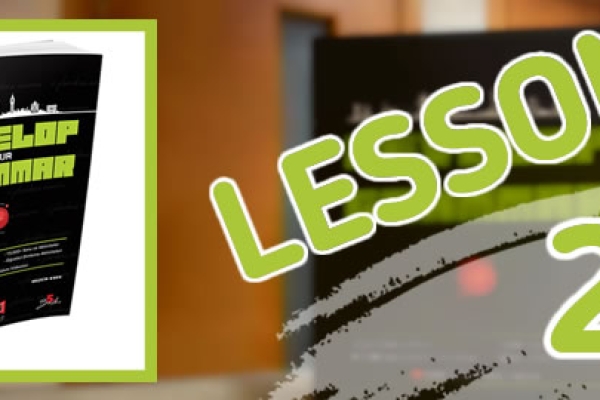
- Addition : 18 September 2024, Wednesday
- Views : 3K
